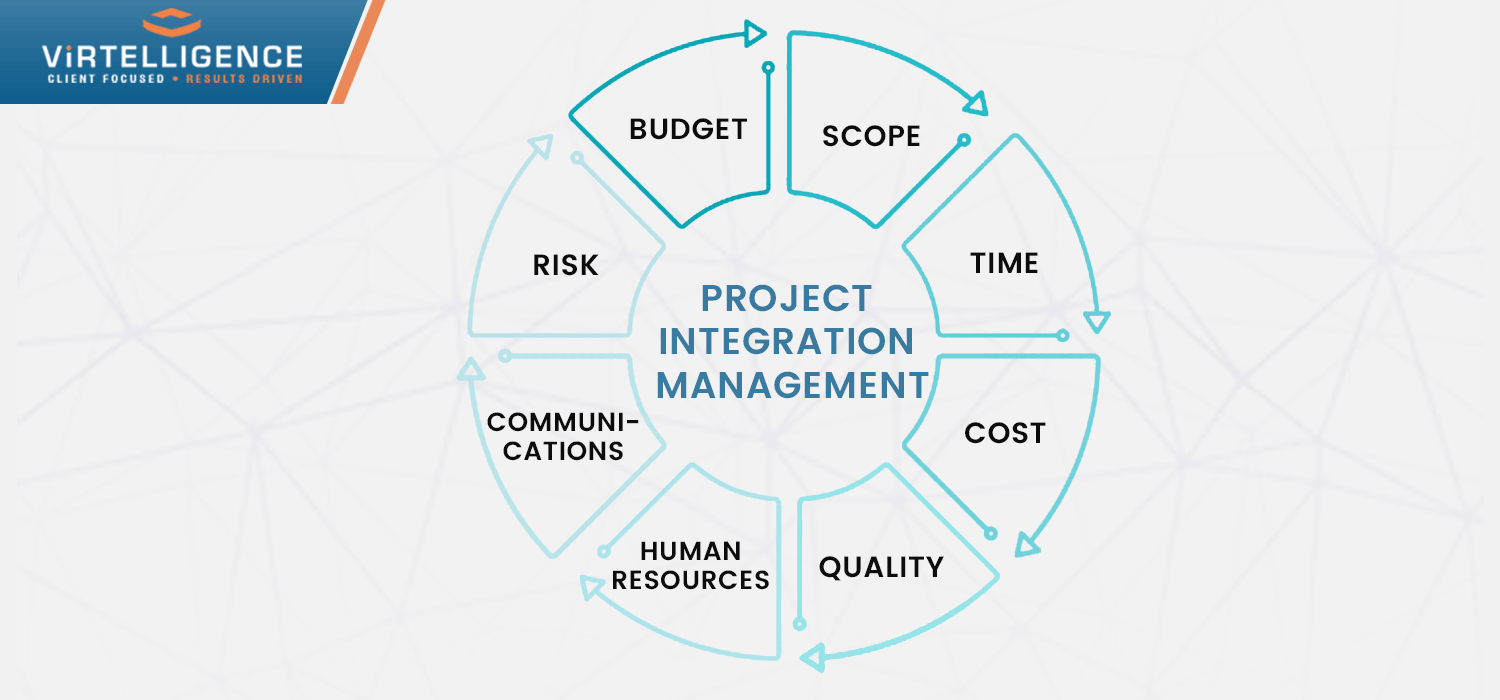
When it comes to managing an integration project for healthcare IT or any other industry, the project management team fundamentally works as the glue that holds everything together. They are responsible to ensure client satisfaction and effective communication, holding project resources – counting vendors, contractors, developers, and more – and supervise both the scope and budget which guarantee no disagreeable surprises upon delivery (or as an obstacle to, in some cases). By industry, the best practices for project management can vary to a certain degree, but there are some of the major tips for healthcare IT integration efforts that can be useful for a project manager to stick out from the crowd and attract future SOWs (statement of works) from a given client.
Let’s have a detailed look into some of the major areas where integration project managers can optimize and influence even the most complicated health system sponsors.
- Communication with Transparency and Integrity
What you should be focusing on when it comes to communicating as an integration project manager are transparency and integrity. Whereas we are not advising you to be disloyal to the organization signing your paycheck, it is crucial to place yourself as a project manager as a supporter for the client. You are their frontier, their concierge, their BFF in this procedure as you can be helpful for them in navigating every feature of the project, even if just to point to the suitable resource.
Transparency in this role signifies that you cannot sugarcoat the progress, and you are willing to give voice to your concerns when progress is delaying or resources are failing to show. This is particularly significant if vendors involved in numerous ends of the integration efforts are not providing the technical team the documentation, response, or even resources required to develop a functioning system. Certainly, you are not betraying the company that pays you – as that indicates an unpleasant leadership skill in and of itself – but you should know when you have to make a difficult decision for the sake of scope and timeline. Your client will acknowledge your disposition to be the bearer of bad news when compulsory and your team will directly recognize that you are taking a stand to keep their runway clear.
Talking about the significance of your speech, integrity is everything. When you start to say something, whether in person or virtually, make sure you complete it. For example, if you say that you will get an update by the end of the day, get an update by the end of the day. Whether you are still waiting on information, make that also known and don’t make a mistake. This will take long in implanting confidence, particularly with new clients or those who are coming to your project with cases from previous projects/vendors, and also inspire this kind of completion from the entire team.
It is also a great technique to set a goal for your entire team, showing that commitments matter and you are not going to let difficult tasks getaway or be deprioritized. Make scope your compass and you will establish the True North of your project.
- Identify Risks – Overcome Them
An experienced IT project manager can pinpoint a risk from a mile away. They are able to recognize the early significant signs of a lazy vendor or an over-scheduled resource, and they don’t merely make a mental note. Remarkable project management for integration signifies bringing forward those risks before they bite your team in the tail. Be honest but agile, and support an environment where everyone progresses. This is the big difference between acting as a drill instructor versus a self-assured winner who desires for the project to be a success… including everyone on it.
A critical part of this step is delegating properly. It is almost impossible to remain alert for approaching risks if you are too busy in meetings and chasing down your team. Set the prospect early on that you believe in your team to do what they have been assigned to do, and when they say, “Yes” to it, then ask particularly from a client, it needs to happen. You are, of course, there to run an intrusion as required when variables prevent delivering on that Yes, but you cannot take care of the project from the crow’s nest. Gather your team accordingly, and be sharply focused on where you are most strategically contributing to the success of the IT project… counting risk mitigation.
- Let your Documentation Tell the Volumes
We are absolutely improving on the theme of communication here, and it’s not unintentional. The finest health IT project managers are true to their words and negotiator the information with ease. A leeway to this is documentation for the project.
This involves:
- Budget and SOW Tracking
- Emails
- Project Plan
- Meeting Notes
- Product/Project Requirements
When you are securing this feature of project management work, your notes and documentation will essentially speak for themselves. They leave very limited scope for the question; people absent from a provided meeting will still be in the loop, and you will be saving your brain the impossible job of remembering every single detail as you multitask (often between many projects simultaneously). There is no shame in making lists and putting to paper (or the e-version of this act) project-related information. This is a significant part of our jobs at integration project managers, and still another aspect where you can really be prominent for a client, as well as your own team.